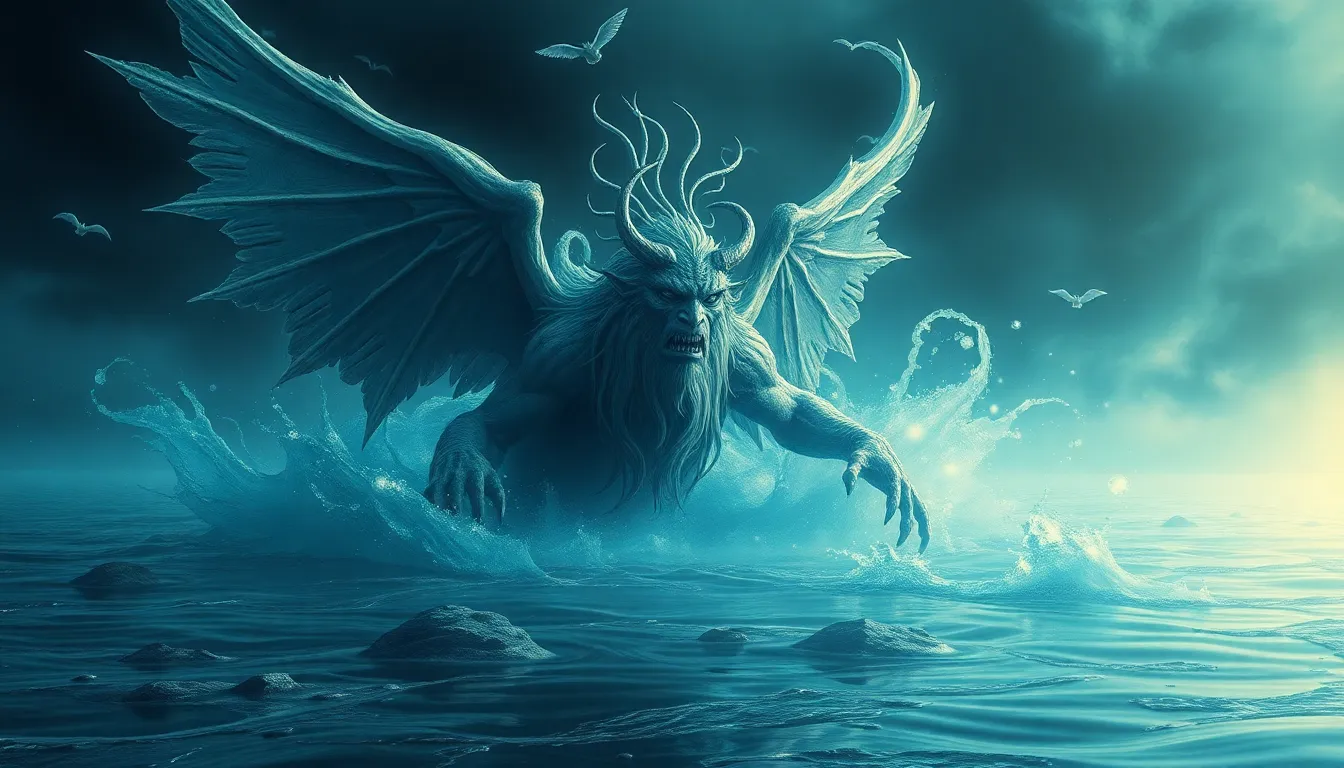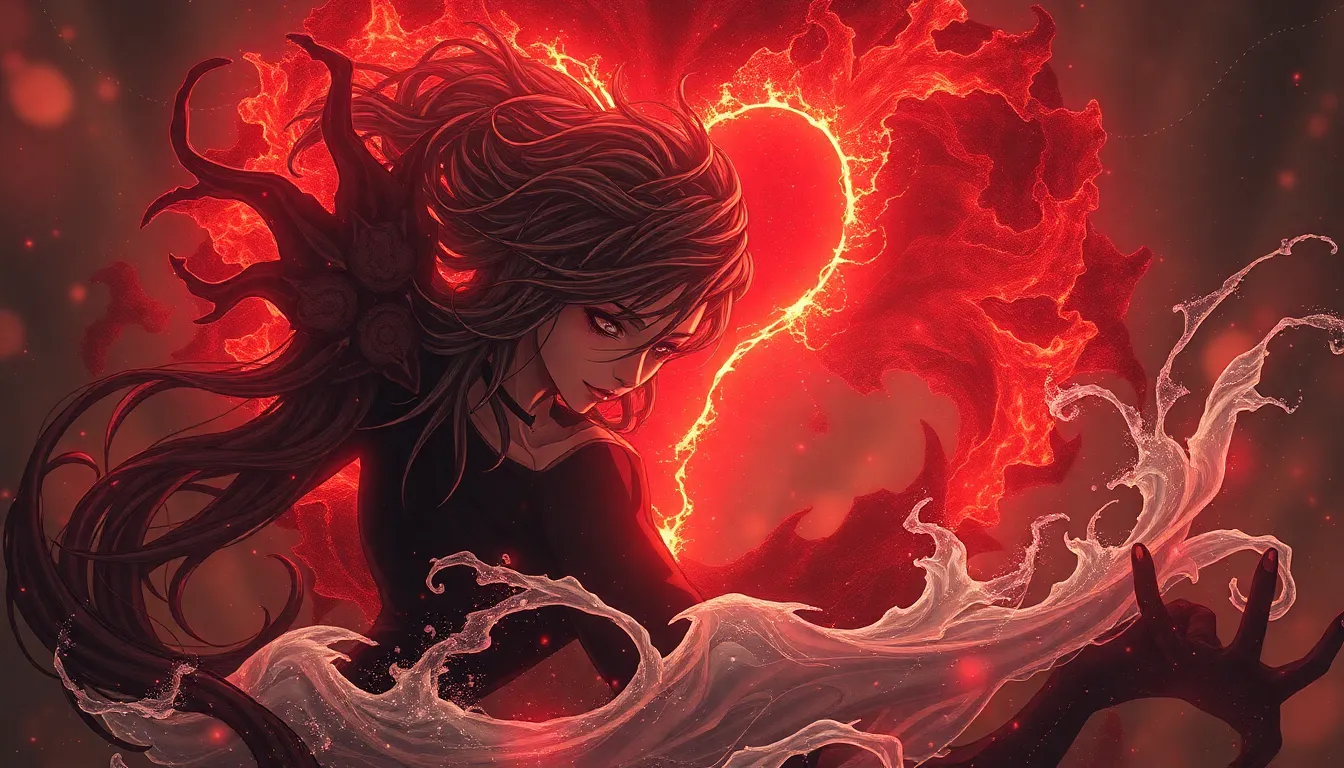The Flood Myths of the Celts: Water Spirits and Legends
Introduction to Celtic Mythology and Flood Myths
Celtic mythology is a rich tapestry of stories, symbols, and beliefs that have shaped the cultural landscape of ancient Celtic peoples across Ireland, Scotland, Wales, and beyond. These myths often reflect the natural world, the human experience, and the spiritual beliefs of the Celts, making them significant in understanding their culture and worldview.
Among the various themes in Celtic mythology, flood myths stand out due to their universal nature. Across different cultures, stories of great floods often symbolize destruction, renewal, and the power of nature. They explore humanity’s relationship with water, a force that can both nurture and devastate.
Understanding Water Spirits in Celtic Lore
Water spirits play a crucial role in Celtic mythology, embodying the mysterious and often dual nature of water. These beings are often seen as guardians of rivers, lakes, and seas, reflecting the reverence the Celts had for water.
Some notable types of water spirits in Celtic lore include:
- Selkies: Mythical creatures that can transform from seals into humans. Selkies are often associated with themes of love and loss.
- River Spirits: These spirits are believed to inhabit rivers and lakes, sometimes taking the form of beautiful women who lure men into the water.
- Other Aquatic Beings: Various spirits and deities associated with specific bodies of water, often representing local legends and lore.
Historical Context of Flood Myths in Celtic Regions
Archaeological findings in Celtic territories, such as Ireland and Scotland, reveal evidence of significant flooding events in ancient times. These events likely contributed to the development of flood myths, as communities grappled with the devastating impacts of natural disasters.
The geography and climate of the Celtic regions played a pivotal role in shaping these narratives. The lush landscapes, abundant rivers, and unpredictable weather patterns created a backdrop that both nurtured life and posed threats, leading to a deep-seated respect and fear of water.
Notable Celtic Flood Legends: An Overview
Across various Celtic regions, several notable flood legends have emerged, each reflecting the local culture and values:
- Irish Flood Myths: The Book of Invasions tells of the Great Flood that destroys the world, paralleling other cultures’ flood narratives.
- Scottish Legends: Stories of the lost lands beneath the waters of Loch Ness, where ancient civilizations are said to have drowned.
- Welsh Myths: Tales of floods that transformed landscapes and led to the rise of new heroes and kingdoms.
Despite their regional differences, these legends share common elements, such as themes of rebirth, the divine judgment of humanity, and the relationship between humans and nature.
The Role of Water as a Symbol in Celtic Myths
Water in Celtic mythology serves as a potent symbol, representing both life-giving and destructive forces. It is often seen as a source of fertility, nourishing the land and sustaining life. Conversely, water can also embody chaos and destruction, as floods can wipe away entire communities.
Symbolically, water is tied to various themes:
- Fertility: Rivers and lakes are seen as sources of life, fostering growth and abundance.
- Chaos: Floods represent the uncontrollable aspects of nature and the fragility of human existence.
- Transformation: Water is a medium of change, often symbolizing journeys and the passage from one state of being to another.
Case Study: The Tale of the Great Flood in Irish Mythology
One of the most prominent flood myths in Irish mythology is found in the Book of Invasions, which narrates the story of a great flood that inundated the earth. This tale speaks of the Tuatha Dé Danann, a race of supernatural beings, who faced divine retribution due to humanity’s wickedness.
Key characters in this myth include:
- Nuada: The king of the Tuatha Dé Danann, symbolizing leadership and divine order.
- Lugh: A warrior and craftsman who embodies strength and skill.
- Brigid: A goddess associated with fertility, healing, and the hearth.
The themes of the myth revolve around judgment, redemption, and the cyclical nature of life and death. The flood serves as a cleansing force, paving the way for renewal and the establishment of a new order.
The Influence of Christianity on Celtic Flood Myths
The arrival of Christianity in Celtic regions brought significant changes to existing flood narratives. Many pre-Christian myths were adapted to fit Christian themes, often reinterpreting water-related legends in light of biblical stories.
For instance, the Great Flood is echoed in the story of Noah, which influenced how Celtic flood myths were recounted. The moral lessons of these stories shifted, focusing more on divine grace and redemption rather than the inherent chaos of nature.
Modern Interpretations and Cultural Legacy of Celtic Flood Myths
In contemporary society, there has been a revival of interest in Celtic mythology, particularly in literature, film, and art. Modern interpretations often seek to reconnect with the ancient narratives, exploring themes of nature, spirituality, and identity.
These myths continue to influence modern storytelling, providing a framework for understanding the complexities of human experience and our relationship with the environment.
The Significance of Water Spirits in Contemporary Celtic Traditions
Today, water spirits are celebrated in various Celtic traditions, often through festivals and rituals that honor these mystical beings. Communities engage in practices that recognize the importance of water and its role in their cultural heritage.
Some contemporary practices include:
- Festivals: Celebrations that include storytelling, music, and dance, showcasing the lore of water spirits.
- Rituals: Ceremonies that express gratitude for water and seek blessings from water spirits for fertility and prosperity.
- Artistic Expressions: Modern art and literature that draw inspiration from ancient myths, keeping the legends alive.
Conclusion: The Enduring Power of Flood Myths and Water Spirits
Flood myths and water spirits in Celtic mythology reveal deep truths about the human experience with nature. They embody the awe and fear that water evokes, illustrating the delicate balance between creation and destruction.
As we continue to explore and study these ancient narratives, we gain insight into not only the culture of the Celts but also the universal themes of resilience, transformation, and our enduring connection to the natural world. Preserving these stories is essential for understanding our past and shaping our future.


